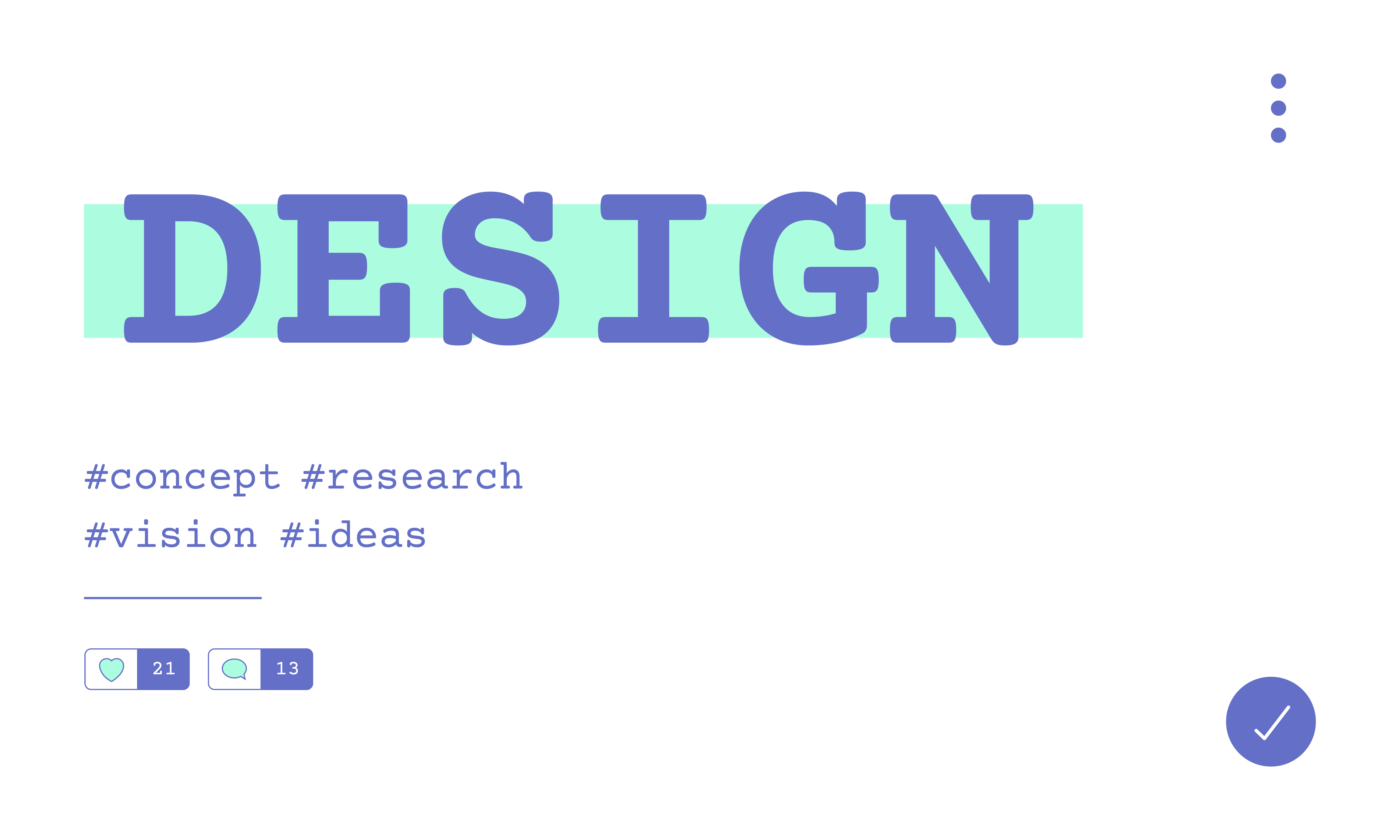What is Logo Design and How Logo Design Help Your Business

Have you ever noticed how logos surround you every day? Whether you're browsing social media, taking a stroll in the park, or shopping for groceries, you're constantly interacting with brands through their logos. These seemingly simple symbols play a significant role in our daily lives and are a crucial element of your branding strategy.
An effective logo serves as the public face of your company, communicating the personality and values of your brand while being easily identifiable. In this blog, we'll dive deep into the world of logo design, exploring what a logo is, its purpose, and the different types of logos available. We'll also guide you through the key considerations when choosing a logo and provide tips on how to get started with creating one that truly represents your brand. Ready to elevate your business with a standout logo? Let's get started!
What is a Logo Design?
A logo is a unique mark made up of letters, numbers, and colors that distinguish a product or brand. Logos come in various shapes and sizes, ranging from simple text-based designs to complex abstract marks.
The logo is a notion that has thousands of years of history. Early humans used primitive cave drawings and symbols for communication, ancient Egyptians used specific motifs in hieroglyphs, and family crests were prominent in the Middle Ages. Despite their evolution, the fundamental purpose of logos remains the same recognition.
The renowned graphic design pioneer Paul Rand once stated, "A logo doesn't sell (directly), it identifies." Your logo embodies the essence of your company, making it crucial for it to be consistent, recognizable, and evoke positive or meaningful feelings. The essence of your brand should be embodied in a well-designed logo that works well with all other visual components and promotional platforms. Many types of logo designs are there.
What is the Purpose of a Logo?
A logo is more than just a decoration for your brand; it's a powerful tool for enhancing brand engagement and recognition.
* Create a Strong First Impression: Your logo serves as both the face of your company and the impression that prospective buyers get of it. A distinctive logo draws interest in your company and attracts attention.
* Stand Out in the Crowd: In a world full of content and advertisements, a unique logo helps your brand stand out. By investigating your rivals, you can design a logo that distinguishes your business and places it firmly in the market.
* Construct Your Brand Identity: Your logo is a crucial component of your brand identity, which is a picture that embodies your company's values. A unique logo establishes the foundation for a consistent appearance across all brand aspects and aids in determining how your business is regarded.
* Serve as a Strategic Branding Tool: A logo is an essential part of your branding strategy, conveying your values and goals across various marketing channels. It supports the constant communication of your brand message when it appears on your website, social media accounts, business cards, packaging, and actual places.
* Promote Brand Awareness: As your brand grows, your logo becomes more recognizable, creating strong associations in consumers' minds. For example, seeing a Starbucks cup instantly reminds people of the brand. A strong logo fosters trust and loyalty by making your brand easily identifiable.
* Boost Your Message: A logo has a lot of nonverbal information about your business to convey. With only one symbol, it may convey the services you provide, the sector you work in, your brand values, and the general atmosphere of your company.
In summary, a logo is a vital element that does much more than identify your brand—it helps make a strong first impression, differentiate your brand, shape your identity, and promote awareness and loyalty.
Four Common Types of Logos
Creating a brand identity involves choosing the right type of logo to represent your business. Here are the four most frequent forms of logos, so knowing what they are may help you decide which design best suits your brand:
1. Wordmark Logo
A wordmark logo features your business's full name. This type of logo is great for new companies as it helps your audience become familiar with your entire name. Big brands like Coca-Cola and Google use wordmark logos.
2. Lettermark Logo
Also known as monograms or initial logos, lettermark logos use abbreviations or initials of your brand name. This is ideal for businesses with long names or for established companies that want a concise visual identity. Brands like Dunkin' and Weight Watchers have adopted this style.
3. Combination Mark Logo
A combination mark logo combines both text and a symbol or image. This design effectively introduces your brand by presenting two versions of your identity at once. Companies like Balmain Paris and Adobe have well-known combination mark logos.
4. Brand Mark
A brand mark logo excludes any words and solely utilizes an image or symbol. This style is used by famous brands like Starbucks and Apple. Brand marks rely solely on visual elements to represent the brand.
* Key Considerations When Choosing a Logo
When creating a logo, it's important to look beyond design styles and consider several critical aspects. Whether using a logo creation tool or collaborating with a branding firm, the goal is to choose a logo that effectively supports your brand objectives. The following five crucial elements will assist you in choosing the ideal logo for your company:
* Brand Goals
Your brand's identity and objectives should be reflected in your logo. Decide how you want your brand to be perceived as edgy, sleek, trustworthy, etc., and design your logo accordingly. Developing a memorable logo that reflects your brand's message will come from knowing your market and how to showcase your business differently.
* Competitors
Avoid logos that resemble those of your competitors to prevent customer confusion and potential trademark issues. Having a distinctive logo helps you stand out in the industry and develop a distinct brand identity.
* Using Color to Make Your Logo Stand Out
Colors evoke emotions and associations, varying across cultures. For instance, blue denotes security and trust, whereas black often connotes strength and sophistication. Select hues that complement your brand's characteristics and the emotions you wish to arouse in your target audience. Look at similar businesses to see what colors effectively communicate their style and adjust your choices accordingly.
Five Golden Principles of Logo Design:
To ensure a successful logo, adhere to these five principles:
1. Simplicity: A simple logo is easily recognizable and versatile.
2. Versatility: Your logo should function well in a variety of contexts and context-specific contexts.
3. Timelessness: Aim for a design that remains effective over time.
4. Appropriateness: The logo should be suitable for your industry and audience.
5. Memorability: A logo that sticks in the mind and makes an impact.
* Uniqueness and Adaptability
Your logo should distinguish your business from others and be easily recognizable. Strive for minimalism and clarity to ensure it effectively communicates your brand. A well-designed logo will adapt as your company grows, maintaining its relevance and impact.
Creating an exceptional logo involves proper planning and execution, enabling even small businesses to develop a strong brand identity with a powerful visual mark.
How to Acquire a Logo?
These days, you may design a logo for your company in a variety of methods, each having advantages and disadvantages. Here are a few well-liked techniques:
* Work with a Design Consulting Firm: Hiring a design agency to create your logo and brand identity ensures that you receive expert guidance throughout the process. These firms often provide a comprehensive range of services, including social media marketing and advertising, making them a one-stop shop for all your branding needs. The agencies have extensive experience and can deliver high-quality, unique designs tailored specifically to your brand. However, this level of expertise and service comes at a high price, which might not be suitable for all budgets. Additionally, the process can take longer, as it involves detailed consultations and multiple iterations.
* Hire a Freelance Designer: Another cost-effective option is to hire a freelance designer through platforms like Fiverr or Upwork. Freelancers can provide a more personalized service compared to online logo makers, and you can find talented designers who fit within your budget. This method offers a good balance between customization and cost. However, the quality and reliability of freelancers can vary, so it's important to review their portfolios and client feedback before hiring.
* Crowdsource: Crowdsourcing platforms offer a balanced approach to logo design in terms of cost and creativity. By running a logo design contest on these platforms, you can receive numerous design proposals from freelance designers. This method allows you to choose from a variety of options and find a design that best fits your brand. While this option is more affordable than hiring a design firm, it requires you to spend time reviewing and selecting from the submissions, and the quality can vary.
* Use Pre-Made Logo Templates: Some websites offer pre-made logo templates that you can purchase and customize. This option is quicker and cheaper than custom designs but offers less originality. It’s a good middle-ground if you need a decent logo quickly without the high costs of custom design.
* Collaborate with a Local Design School: If you’re on a tight budget but still want a custom logo, consider collaborating with a local design school. Students often look for real-world projects to build their portfolios and might offer design services at a lower cost. This may be a win-win situation where kids gain vital experience and you get to keep the unique design. However, the process might take longer and require more input from you to guide the students.
* Take the DIY Route: For those with limited budgets, using online logo makers or generators is a practical and cost-effective option. These tools provide extensive design libraries and customization options, enabling you to create a logo without starting from scratch. While this do-it-yourself method is budget-friendly, it may result in a logo that lacks the uniqueness and professional polish that a custom design might offer. This approach is fast and allows for immediate changes, but the downside is that many other businesses might use similar templates.
* Hold a Design Competition: Similar to crowdsourcing, but on a smaller, more personal scale, you can hold a design competition within your network or community. If you give away a reward for the best design, you could unearth some untapped potential. This method can be cost-effective and engaging, but the quality of submissions can vary widely.
You may choose the strategy that best suits your demands in terms of design, timeliness, and money by weighing these several approaches. Select the choice that best fits the objectives and available resources of your brand, since each has advantages and disadvantages.
Conclusion:
In conclusion, a well-designed logo is a fundamental component of your brand's identity, playing a pivotal role in establishing recognition, conveying your brand's values, and differentiating your business in a crowded market. By understanding the various types of logos, considering key design principles, and selecting the right approach to creating your logo—whether through professional design firms, crowdsourcing, or DIY tools—you can craft a powerful visual symbol that resonates with your target audience and supports your long-term branding strategy. Logo design is a specialized subset of graphic design that focuses on creating a unique visual representation for a brand. Investing in a thoughtful and unique logo is a crucial step toward elevating your brand and business, making a lasting impression, and fostering customer loyalty. To read more about Logo design refer to our latest blog How to Design a Logo - Step-by-Step Guide to Logo Design.
Hire Python Developers
Hire Python developers who can turn your vision into reality. Hire the most skillfull python developers from Fulllancers.



